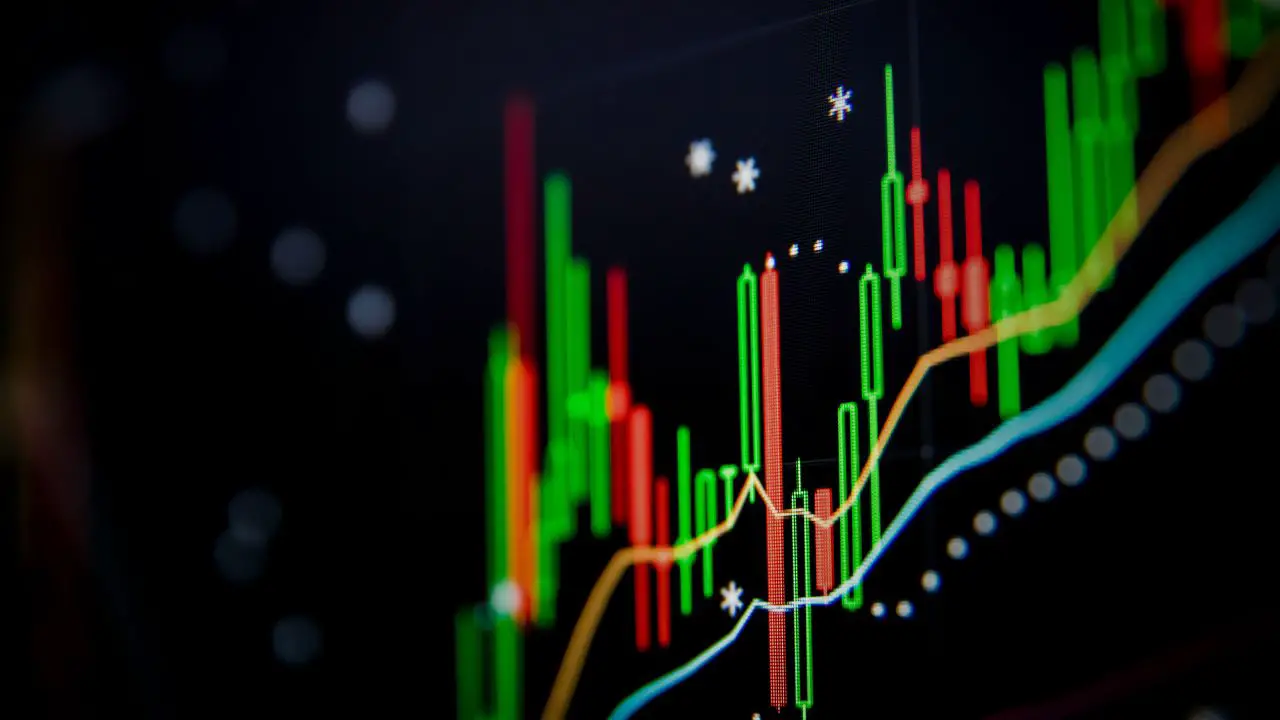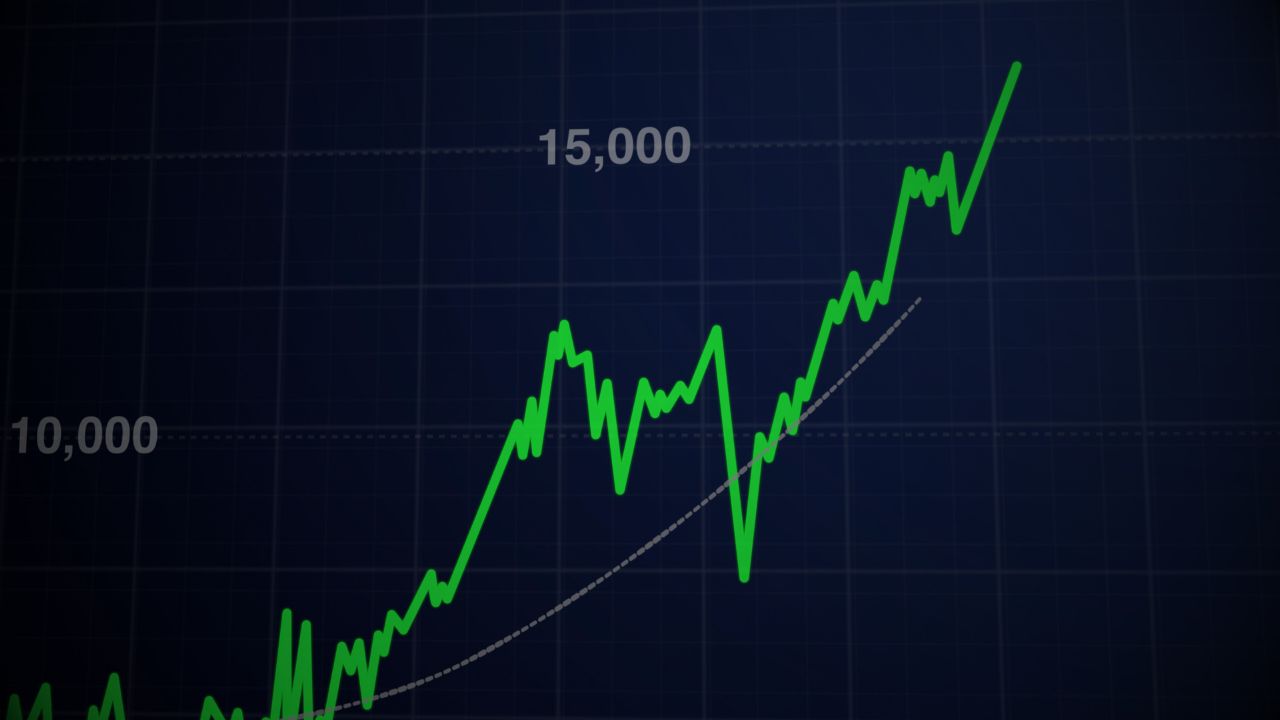Notional value and market value are both used to describe the value of a security. At a glance, notional value paints a picture of an investment’s total exposure while market value reflects the present-day value of an asset.
What is Notional Value?
The term “notional value” typically refers to the total amount of an asset controlled by a derivative like a futures or options contract. It isn’t the money put into the trade, but the total value of the asset underlying the derivative.
For example, let’s say you spent $200 on an options contract granting you the right to buy 100 shares of a company at $50 per share. Despite only paying a small amount today, the notional value of this contract is $5,000 (100 shares x $50).
Why is Notional Value Significant?
- Leverage Magnification: Derivatives allow traders to control a large position with a relatively small amount of capital. The notional value gives a clearer picture of the total value of the asset being controlled.
- Potential Exposure: While traders might only deposit a fraction of the notional value (often termed as margin), understanding the notional value can help gauge the maximum potential exposure in a trade.
- Interest Calculation: In certain contracts, especially swaps, the notional amount is pivotal as it’s used to compute interest payments.
How to Calculate Notional Value
To calculate the notional value of a contract, we’ll use the following formula:
Notional Value = Number of Contracts x Strike Price
For example, let’s say you buy a futures contract for 1,000 barrels of oil where each barrel is priced at $60. The notional value would be 1,000 x $60, or $60,000 in total. This amount represents the total value of the oil being controlled by the contract, but its not the amount you paid for the contract itself.
What is Market Value?
Market value represents the current amount an asset would trade for if sold in the market today. Think of it as the present-day price tag attached to an item, be it a tangible asset like real estate or an intangible one like stocks.
Why is Market Value Important?
- Knowing Your Worth: If you’re a seller, knowing the market value helps you price your items right. Too high and no one buys; too low and you might lose out on profit.
- Making Decisions: Buyers look at market value to decide if it’s the right time to buy. If a stock’s market value is high now but they believe it might drop later, they might wait.
- Getting a Loan: If you ever want to borrow money and use something (like a house) as collateral, the bank will look at its market value to decide how much they can lend you.
Examples of Market Value
- Stock Market: Companies have shares that people buy and sell. The price of these shares at any given moment is their market value.
- Real Estate: Houses and properties have a market value determined by their location, size, demand, and other factors.
- Collectibles: Items like vintage toys, rare coins, or art can have a market value based on their rarity, condition, and demand.
Key Differences
Despite both terms being used to describe the value of a particular asset, they’re entirely different in practice. Here’s a more in-depth look at the key differences between notional and market value:
- Nature of Value: Notional value reflects the total worth of assets under an investor’s control, especially in a leveraged setting. On the other hand, market value simply tells you the current price of an asset based on what’s happening in the market.
- Application: Notional value usually comes up when talking about derivatives like options and futures. Market value is a more general term. It applies to a lot of things – from stocks and houses to gold and art, basically anything you can put a price on.
- Indicator of: While notional value indicates potential and exposure, market value is a clearer indicator of the actual worth or value of an asset at a given point in time.
- Risk implications: High notional values could signify increased risk, especially if you’ve only invested a tiny amount of your own money. This is most apparent with futures, where you only put up a small amount of margin. Market value, on its own, doesn’t tell you about risk. But remember, its value can go up or down because of various things happening in the market, which can affect how much money you make or lose.
Real-Life Example
With respect to options trading, we often talk about both notional and market value. This is because these contracts give traders the leverage to purchase or sell assets at a set price in the future.
Let’s look at some examples to understand the differences a bit better.
1. Buying 1,000 Call Options
Let’s say you buy 1,000 call options on XYZ stock. Each option contract gives you the right (but not the obligation) to purchase 100 shares of XYZ at a strike price of $50. At the time of purchase, each option is priced at $2.
Market Value:
This one’s pretty straightforward. The market value is simply the cost of the option contracts. Given the price of each option is $2 and you bought 1,000 of them:
Market Value = Number of Contracts x Option Price
Market Value = 1,000 contracts x $2
Market Value = $2,000
Notional Value:
This represents the total value of the underlying asset tied to the options. As each option gives you the right to 100 shares, and you have 1,000 options at a strike price of $50:
Notional Value = Number of Contracts x 100 shares x Strike Price
Notional Value = 1,000 x 100 x 50
Notional Value = $5,000,000
So, in this example, while you’ve only spent $2,000 (market value) on the options, you have control or exposure to $5,000,000 worth of XYZ’s stock (notional value).
2. Buying 10,000 Put Options
This time, you buy 10,000 put options on Company ABC. Each option contract allows you to sell 100 shares of ABC at a strike price of $30. The current price of each option is $1.
Market Value:
Again, the market value is the cost of the option contracts. Given each option costs $1 and you bought 10,000:
Market Value = 10,000 contracts x $1 = $10,000
Notional Value:
This denotes the total value of the underlying asset. Since each option represents 100 shares, and you have 10,000 options with a strike price of $30:
Notional Value = 10,000 contracts x 100 shares/contract x $30/share = $30,000,000
Here, by spending just $10,000 (market value), you’ve gained the potential control or exposure to $30,000,000 worth of Company ABC’s stock (notional value).
FAQs
Notional value represents the total value of a position in the market, factoring in leverage. It’s essentially the “full exposure” of an investment rather than just the initial cost.
Market value is the current price or value of an asset in the market, reflecting its current worth. Notional value, on the other hand, calculates the total value of a position, especially in leveraged investments.
No, the notional value represents your total exposure, but in leveraged trades, you only need to put down a fraction of this as margin or the cost of the position.
Not directly. The notional value represents total exposure and is based on contract terms and quantities. However, a change in market value can influence future decisions and perceived risk associated with the position.



